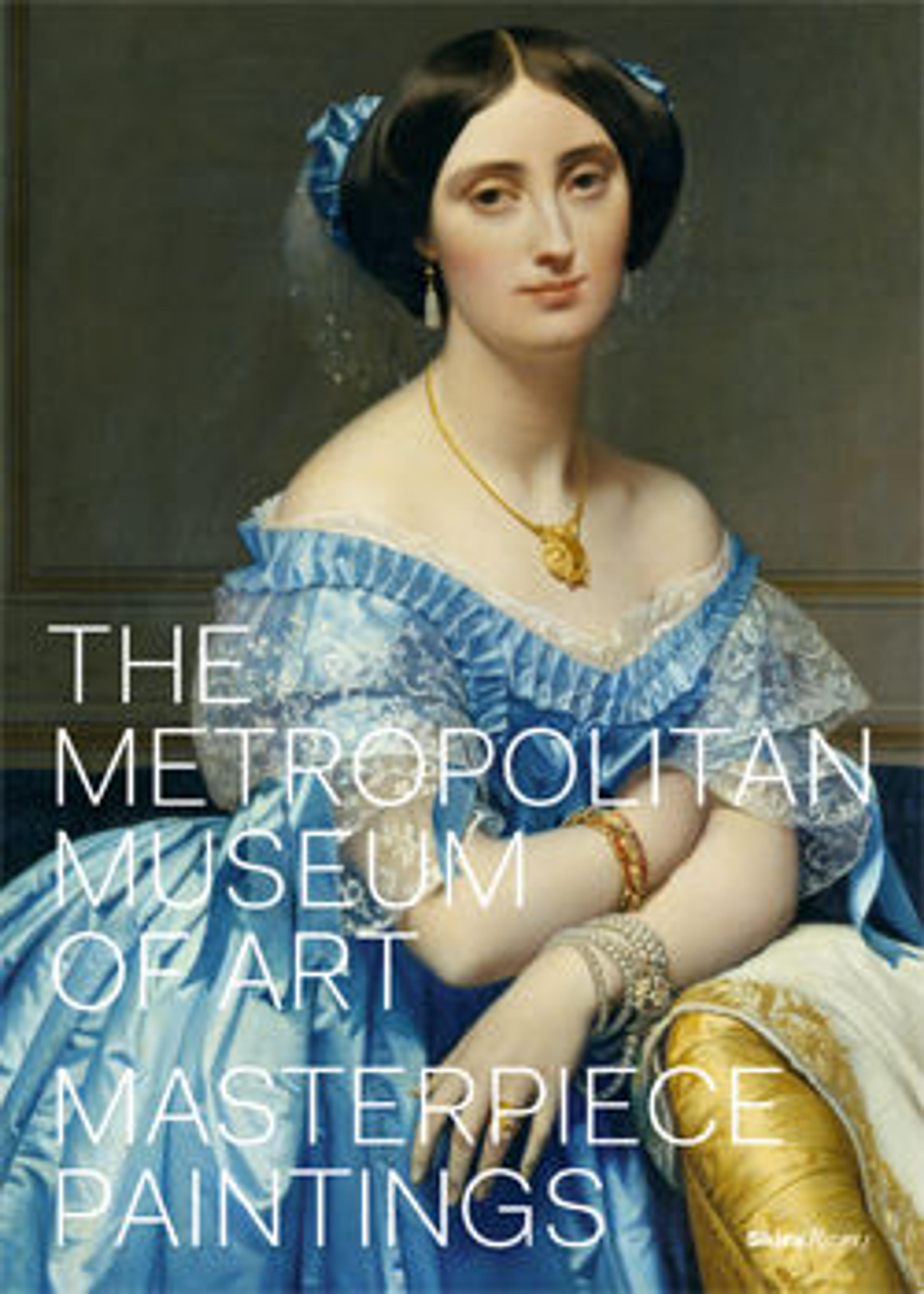Man in a Turban
Compared with Rembrandt’s formal portraits of the same year, this picture is remarkable for its brilliant brushwork and dramatic illumination. He probably painted this work shortly after he moved from his native Leiden to Amsterdam, and intended it to appeal to the city’s sophisticated collectors. Pictures of imaginary Persian or Ottoman princes were popular at the time, in part because of new trade contacts between the Dutch Republic and the Middle East, which brought international visitors to Amsterdam. However, the model for Rembrandt’s painting may well have been a Dutchman who appears in other paintings by Rembrandt and by artists in his circle.
Artwork Details
- Title: Man in a Turban
- Artist: Rembrandt (Rembrandt van Rijn) (Dutch, Leiden 1606–1669 Amsterdam)
- Date: 1632
- Medium: Oil on canvas
- Dimensions: 60 1/16 × 48 15/16 in. (152.6 × 124.3 cm)
- Classification: Paintings
- Credit Line: Bequest of William K. Vanderbilt, 1920
- Object Number: 20.155.2
- Curatorial Department: European Paintings
Audio
5038. Man in Oriental Costume ("The Noble Slav")
0:00
0:00
We're sorry, the transcript for this audio track is not available at this time. Please email info@metmuseum.org to request a transcript for this track.
More Artwork
Research Resources
The Met provides unparalleled resources for research and welcomes an international community of students and scholars. The Met's Open Access API is where creators and researchers can connect to the The Met collection. Open Access data and public domain images are available for unrestricted commercial and noncommercial use without permission or fee.
To request images under copyright and other restrictions, please use this Image Request form.
Feedback
We continue to research and examine historical and cultural context for objects in The Met collection. If you have comments or questions about this object record, please contact us using the form below. The Museum looks forward to receiving your comments.
